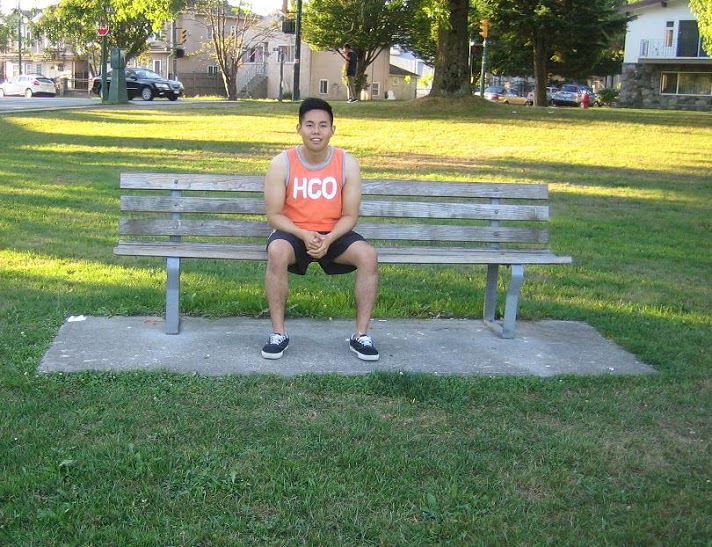A large vessel stroke occurs due to the disruption in the flow of blood to one of the major arteries in the brain. Since this type of stroke occurs once a large artery is obstructed, all the smaller branches are clogged as well. Understandably, a large vessel stroke causes significant damage to a region of the brain.
Remember that a stroke is triggered by a disruption in the flow of blood or bleeding in the brain. Some cases affect a large region of the brain while others affect a smaller area. Whether a stroke literally affects a large or small region of the brain, it largely depends on whether a large blood vessel or small vessel is the cause.
Why a large vessel stroke occurs?

In most cases, a large vessel stroke is triggered by blood clots that travel from a different part of the body and lodge inside an artery in the brain. The blood clot typically starts in the heart but can travel from a carotid artery or even from distant vessels.
A blood clot that develops inside a blood vessel is called as a thrombus while a travelling clot is an embolus. Most cases of large vessel strokes are considered as embolic strokes. It simply means that they are triggered by blood clots that drift from somewhere else in the body.
What happens if an individual experiences a large vessel stroke?
Since the large arteries in the brain are responsible for supplying a large region of the brain, a large vessel stroke is significant and capable of causing serious neurological impairment since they damage a large area of the brain. As an outcome, both physical and mental abilities are affected.
This can lead to swelling in the brain that can make a stroke more dangerous in the short term and even slow down the recovery process.
After a stroke: What to expect
The most common form of large vessel stroke affects the middle cerebral artery. The initial few days after a stroke are of utmost concern. The recovery is usually slow and the rehabilitation is a necessity.
The recovery typically includes the management of the risk factors such as heart disease and hypertension. The main aspect of recovery from stroke also includes prevention of stroke related to complications.
If a family member suffered from a large vessel stroke, there should be adjustments made to the lifestyle particularly in cases that involves muscle stiffness, hemiplegia, bladder issues, communication problems, swallowing difficulty and difficulty processing spatial relationships.

